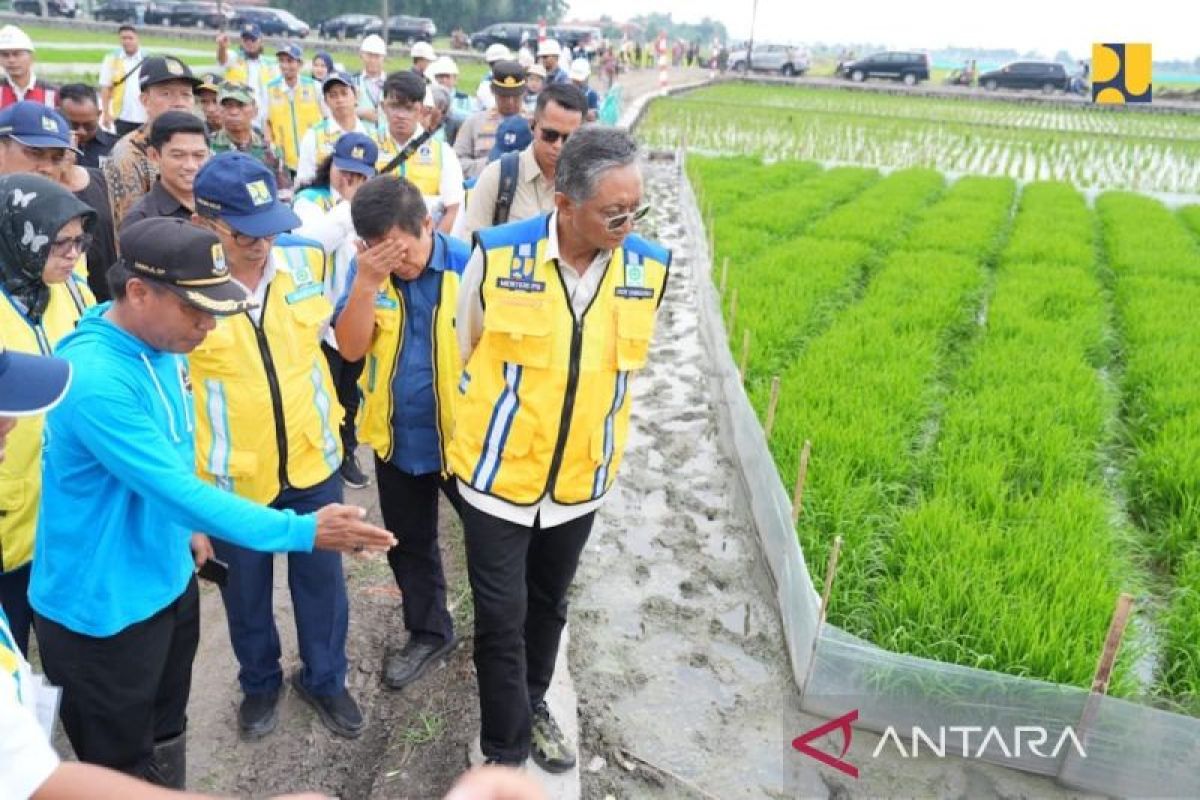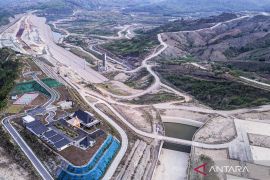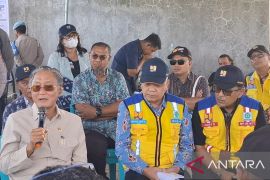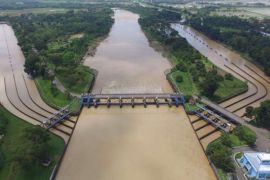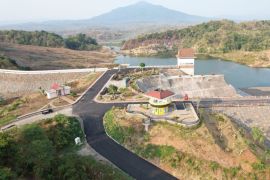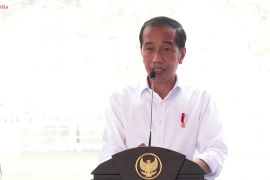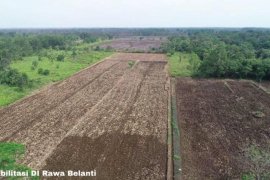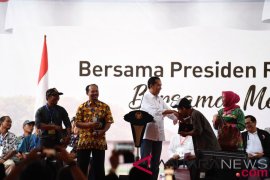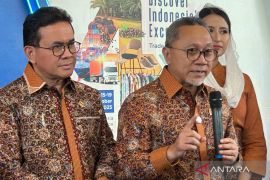In a statement from his office on Sunday, the IPHA technique was described as a paddy cultivation method that emphasizes the management of crops, water, and soil to use water effectively and efficiently while increasing farmers' productivity and revenue.
Hanggodo highlighted that the implementation of this irrigation technique has significantly boosted rice production with reduced water usage in the Rentang irrigation area in Cirebon.
"We plan to implement IPHA across Indonesia because this technique allows farmers to achieve maximum yields while conserving water. I am convinced that we will succeed," he remarked while reviewing the irrigation area on Saturday.
Following the successful IPHA pilot project in Rentang, the government plans to replicate the initiative on around two thousand hectares of land in the Kamun irrigation area of Majalengka, West Java, he added.
Meanwhile, Director General of Water Resources at the Ministry of Public Works, Bob Arthur Lombogia, emphasized that applying the IPHA technique offers various benefits, such as enabling rice farmers to reduce water usage by 30 percent.
He noted that the method also allows farmers to reserve water for other cultivation plots during the dry season.
"This method is cost-effective, requiring only 10 kilograms of seeds per hectare," he said, noting that the technique also offers a shorter harvest time and can increase rice production to 11 tons per hectare.
Sunaryo, a local farmer, testified that adopting the IPHA technique over the past year significantly increased his yields.
"The IPHA technique has ramped up my harvests from 8.4 tons per hectare to between 9.8 tons and 10.5 tons per hectare," he said.
Related news: Indonesian govt raises rice, corn prices to help achieve food security
Related news: Govt to provide 90,000 tons of high quality seeds to boost crop yields
Translator: Indra A, Tegar Nurfitra
Editor: Anton Santoso
Copyright © ANTARA 2025
